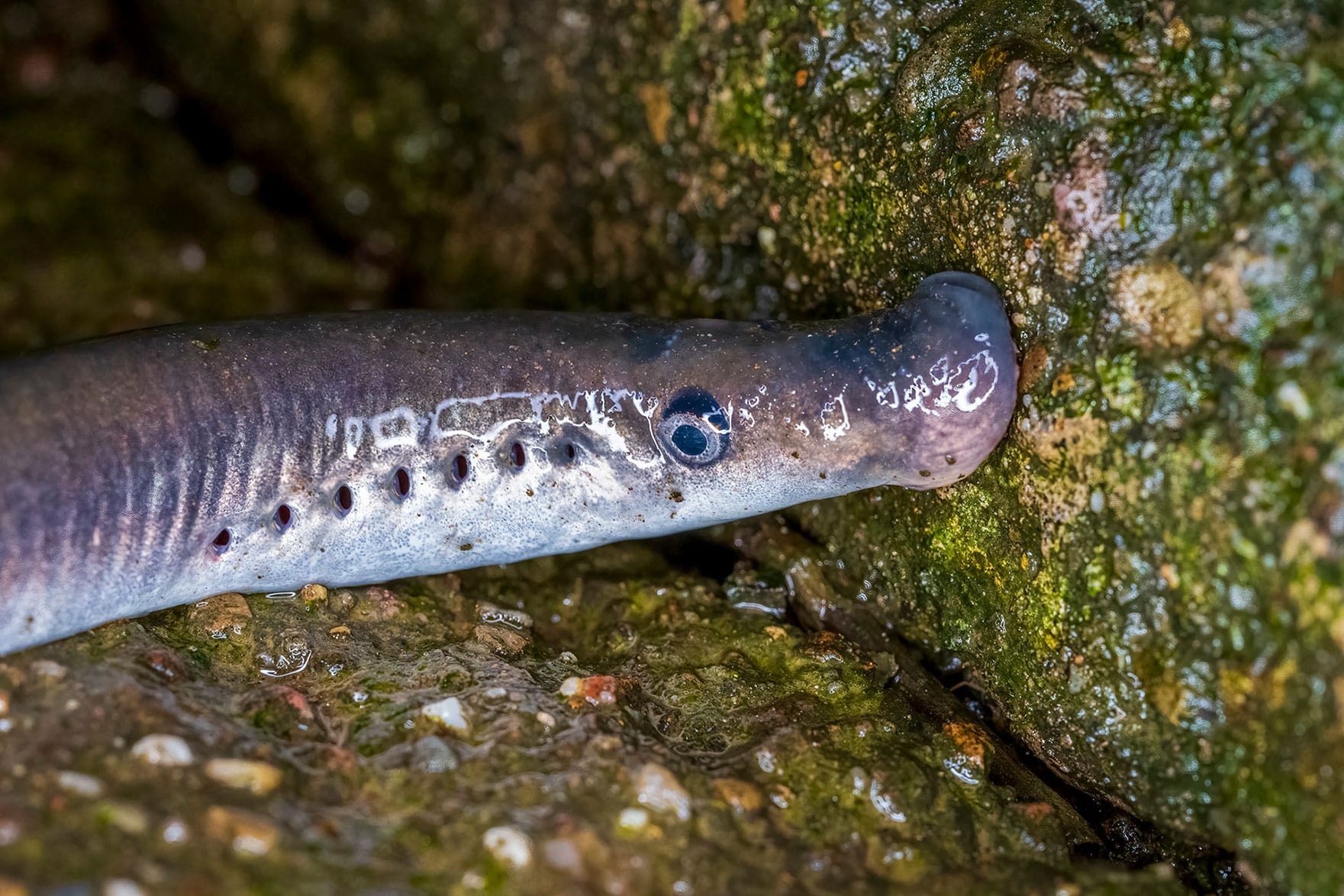The RAT methodology has been modified by the NIEA to meet more practical application requirements and has been re-named as the River Hydromorphology Assessment Technique (RHAT); taking account of the River Habitat Survey (RHS) methodology developed by the UK Environment Agency. The RHAT methodology is a useful tool to assess the departure of hydromorphological features from ‘naturalness’ and allows for the assignment of a morphological classification directly related to WFD status i.e. High, Good, Moderate, Poor or Bad; based on semi-qualitative and quantitative criteria. Hydromorphological criteria assessed in the RHAT include:
- Channel morphology and flow types
- Channel vegetation
- Substrate diversity and condition
- Barriers to continuity
- Bank structure and stability
- Bank and bank top vegetation
- Riparian land cover
- Floodplain interaction
The River Hydromorphology Assessment Technique (RHAT) utilises a checklist form employed on the river bank and completed based on visual observations made by the assessor. ECOFACTemploy the RHAT scheme during river corridor studies as a visual assessment tool to provide a standardised approach in determining the hydromorphological factors affecting a watercourse with regard to meeting WFD ‘Good Status’ requirements.






